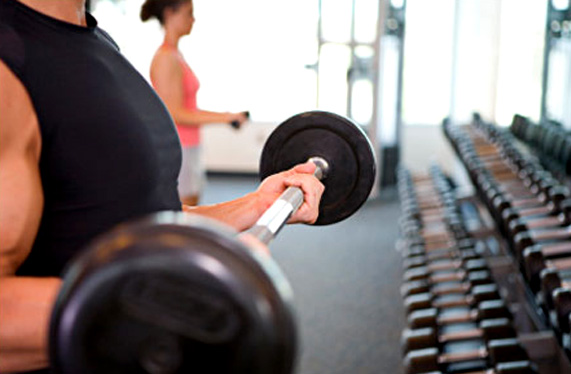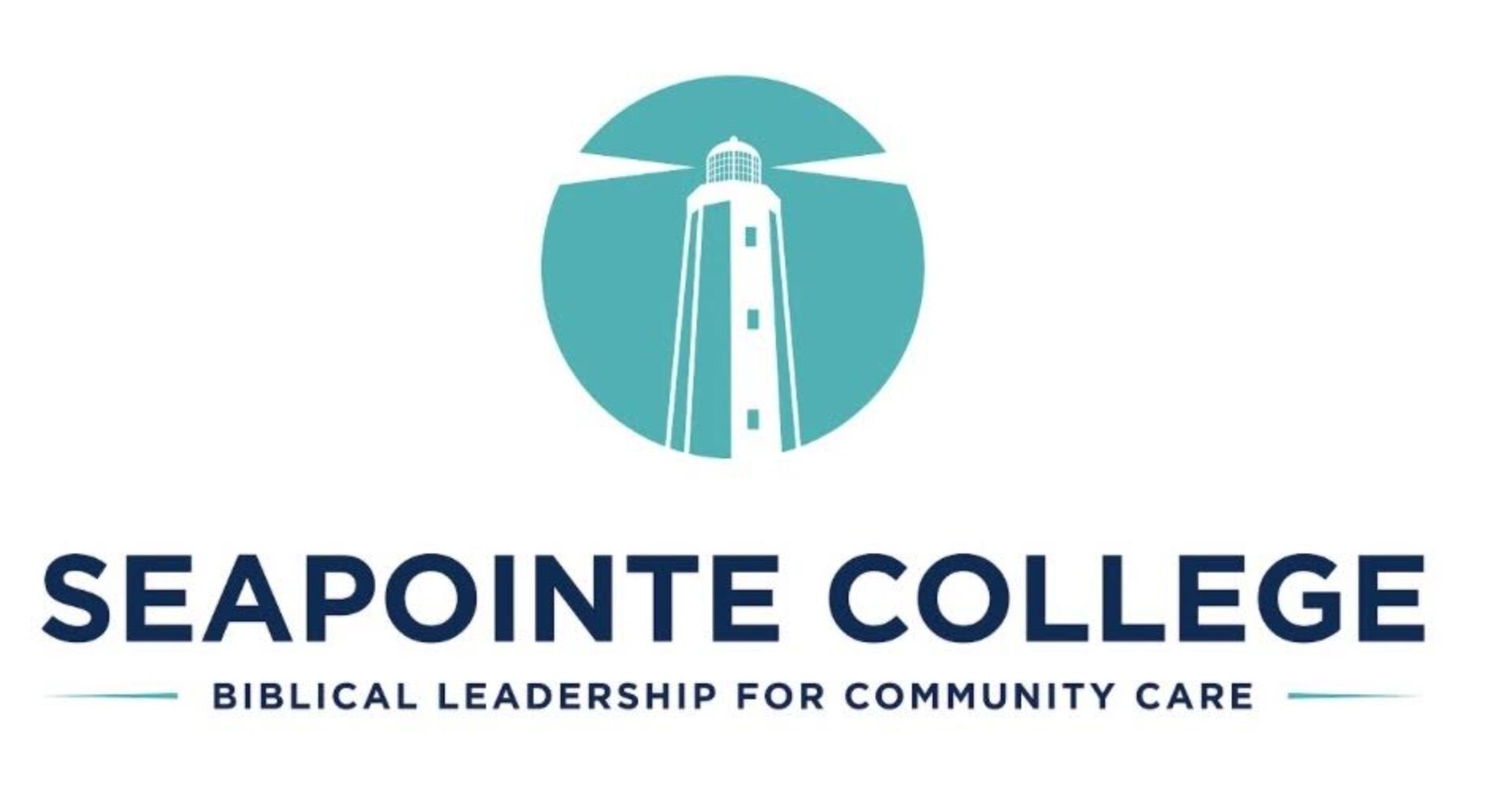
Delayed onset muscles soreness (DOMS) is a bane to almost all recreational and professional athletes, which is that aching, burning, or painful sensation in the muscles whether they are moved or not. Different treatments and remedies–including anti-inflammatory drugs, stretching, and hot baths–have been suggested by health professionals, but most of these methods have very little or no benefits to alleviating muscles pain and soreness. However, current research suggests that massage therapy works for alleviating muscle soreness, but only for a short term.
DOMS usually occurs within 12 to 24 hours after a workout, and the greatest pain could be experience between 24 to 72 after exercise, according to the American College of Sports Medicine (ACSM). Although delayed onset muscle soreness is currently not completely understood because of its underlying complex symptoms, most experts think that muscle soreness stems from microtears in the muscle fibers and stress that comes after exercise. Activities that usually cause DOMS includes walking downhill, jumping, weight-training, and high-intensity aerobics.
ACSM states in their online brochure that DOMS is usually caused by eccentric muscle contraction, which is the lengthening of a muscle under tension. Examples of eccentric actions include the lower phase of a biceps curl or running down a steep slope. The muscles that lengthen under tension act like brakes to slow down the movement, creating a large amount of force that results in microscopic muscle tears, leading to muscle soreness. While everyone is susceptible to muscle soreness, those who train regularly may experience less soreness and pain as the body adapts to the exercise stress. Common symptoms include joint stiffness, swelling and tenderness of the affected tissue, and an increase of creatine kinase in the blood, an enzyme that signals muscle tissue damage.
Does muscle soreness have anything to do with the brain?
The nervous system may also provide some answers to why people experience muscle soreness. Therefore, receiving touch from massage therapy may have something to do with it. Science writer and registered massage therapist Paul Ingraham, who blogs on Save Yourself, highlighted on how neurology is often neglected when professionals discuss DOMS. “Neurology never comes up when professionals talk DOMS,” he wrote. “It’s really not on anyone’s radar. But it probably should be.”
In an Australian study that Ingraham cited from The Journal of Pain, 16 healthy young men performed eccentric exercise to the point of eliciting DOMS in the tibialis anterior, a strip of muscle in the shin, on either the left or right leg. The opposite leg did no exercise and served as a control. The subjects experienced higher soreness and lower pressure pain threshold within 24 to 48 hours after exercise. When their exercised muscle was stimulated by vibration a day after they had exercised, the pain threshold in the sore muscle decreased significantly.
“Vibrating the sore muscles caused soreness in other muscles that should not have been sore!” Ingraham wrote. “So soreness effectively ‘spread’ to other muscle groups, via the central nervous system.” He speculated how people with “brain-regulated pain dysfunction” may respond to muscle soreness. Could the pain spread to parts of the body are not affected? “It seems likely,” he stated.

Does massage alleviate muscle soreness?
A rather touchy subject (no pun intended), while massage therapy works in the short-term and could provide some immediate relief, it does not have significant anti-inflammatory properties as some people believe. A study that was published in the February 2012 issue of Science Translation Medicine may seem to indicate that massage therapy can reduce inflammation in muscle soreness. Massage therapy helped muscles produce five different amounts of anti-inflammatory protein that promote the growth of the cells’ mitochondria, which are organelles that produce energy for the cells.
However, Ingraham stated that the study was misinterpreted since it measured genetic “signals,” not the actual results. He mentioned that the study was very small (11 people) and the number of changes the researchers found was “trivial, dwarfed by what exercise causes.” Thus, this study did not address whether it could reduce DOMS or not.
A meta-analysis of 35 studies on muscle soreness treatment — nine of them about massage intervention — that was published in Physical Therapy in Sports in May 2012 showed slight effectiveness in relieving the symptoms of exercise-induced muscle damage. The researchers concluded that there is little clinical significance of massage to alleviate muscle soreness. One study that was published in the December 2013 issue of Journal of Strength and Conditioning Research also found temporary muscle soreness relief after massage therapy was used. The longest effect of massage therapy lasted 20 minutes after the treatment and vanished in an hour. Another Danish study that published about three months later in the International Journal of Sports Physical Therapy also showed similar outcomes with the aforementioned study.
While massage therapy may provide muscle soreness relief in the short-term, it may be beneficial and work for athletes who may need to continue to compete or play. Combined with good nutrition and adequate rest, massage therapy can be part of the complete recovery process to alleviate muscle soreness. Every little bit helps, even if the positive sensation is short-lived.
By Nick Ng
Follow Nick on Twitter
Sources:
American College of Sports Medicine
Save Yourself
The Journal of Pain
Science Translation Medicine
Physical Therapy in Sport
Journal of Strength and Conditioning Research
International Journal of Sports Physical Therapy


